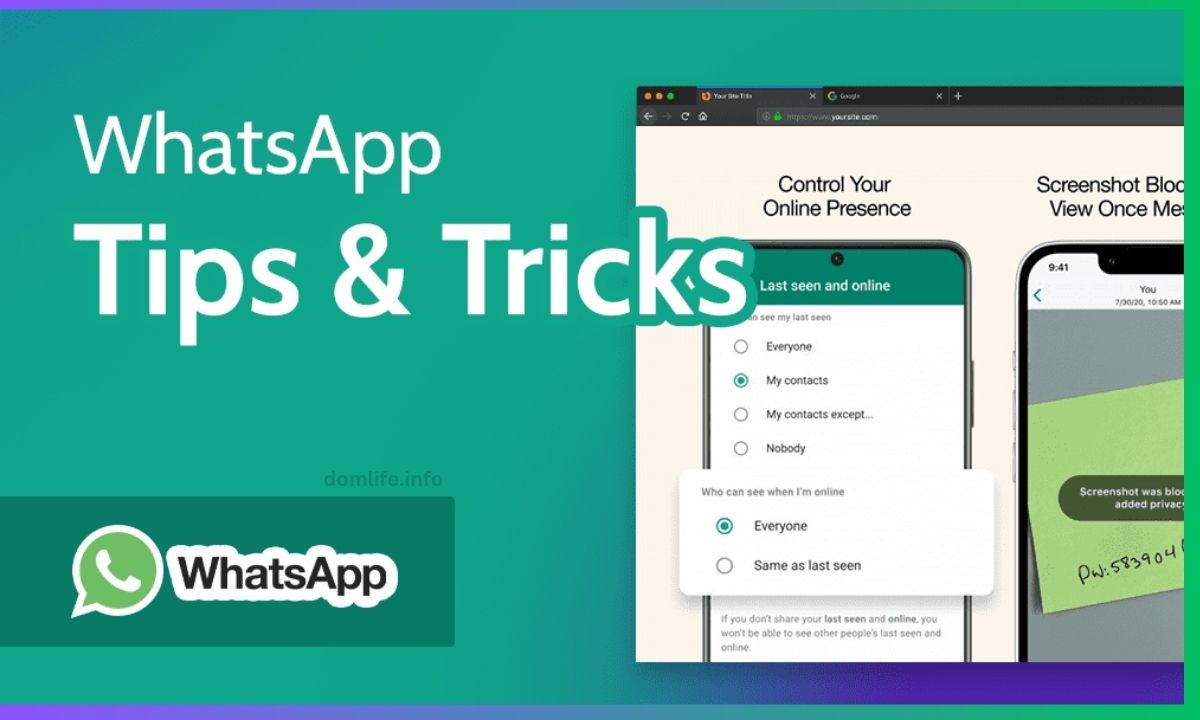Getting free WiFi at home without additional costs usually involves taking advantage of existing public WiFi networks or leveraging free services provided by internet providers. Here’s a guide on how to access free WiFi at home:
1. Locate Public WiFi Hotspots
- Check Local Libraries: Many public libraries offer free WiFi to visitors.
- Visit Coffee Shops or Restaurants: Some cafes and restaurants provide complimentary WiFi for customers.
- Explore Community Centers: Community centers, parks, or other public places may have free WiFi available.
2. Use Free WiFi Apps
- WiFi Map: Download apps like WiFi Map that provide maps of nearby WiFi hotspots, including passwords if available.
- Instabridge: Another app that lists free WiFi spots nearby, often with user-provided passwords.
3. Connect to Your ISP’s Public Hotspots
- Check with Your Internet Provider: Some ISPs offer access to public WiFi hotspots to their customers for free.
- Use Your Provider’s App: Download your ISP’s mobile app to locate and connect to available hotspots.
4. Look for Shared WiFi Networks
- Neighbor’s WiFi: If you’re in range of a neighbor’s WiFi network and they’re willing to share access, you might be able to use it with their permission.
- Community Networks: Explore community-driven WiFi networks that offer shared internet access.
5. Utilize Trial Offers
- ISP Trial Periods: Take advantage of free trial offers from internet service providers.
- Mobile Hotspot Trials: Some mobile carriers provide trial periods for mobile hotspot services.
6. Public Access Points
- Public Government Services: Some government buildings provide free WiFi to the public.
- Public Transportation Hubs: Airports, train stations, and bus terminals often offer free WiFi.
7. Secure Your Connection
- Use VPN Services: When using public WiFi, ensure your connection is secure by using a reputable Virtual Private Network (VPN) service.
8. Consider Long-Term Solutions
- Apply for Low-Income Internet Programs: Some ISPs offer discounted or free internet plans for low-income households.
- Explore Community Initiatives: Look into local initiatives or programs that provide free or low-cost internet access to eligible residents.
9. WiFi Extenders or Repeaters
- Maximize Coverage: Invest in WiFi extenders or repeaters to enhance your coverage and potentially access nearby public networks from your home.
10. Community WiFi Initiatives
- Join Community Networks: Some neighborhoods or communities set up shared WiFi networks for residents.
- Participate in Local Programs: Explore local initiatives that promote community-driven WiFi solutions.
Important Considerations:
- Security: Be cautious when connecting to public WiFi networks and avoid accessing sensitive information without proper security measures.
- Respect Policies: Follow the terms and conditions of public WiFi providers and respect the privacy of others when accessing shared networks.
- Regularly Update Devices: Ensure your devices have the latest software updates and security patches to protect against vulnerabilities.
By exploring these options, you can potentially access free WiFi at home or nearby locations without additional costs. Remember to prioritize security and explore long-term solutions that best suit your needs and circumstances.



